Usually when people think of wine and food they think of pairing…but what about cooking? When it comes to wine and cooking, just the simple thought of it sets fear in the minds of many. They often think that only top chefs can master this task. Would you believe me if I told you that incorporating wine into your recipes can be simple?
It is important to remember that when cooking with wine, it is mainly used to intensify, enhance and accent the flavor and aroma of a dish. Therefore, you should be careful when adding wine to dishes because there is a fine line between adding too little and too much. Too little of wine would make the addition insignificant while adding too much will result in the wine masking and overpowering the flavor of the dish.
Selecting a wine
You might think that cooking with an expensive wine will bring out the best characteristics of the food. While this may be true, it’s also not necessary. However, cooking with a super cheap bottle of wine might not be the best choice. The rule of thumb is to never cook with a wine that you won’t drink. If you don’t like the taste of the wine straight out of the bottle, then you will definitely not like the dish if you decide to cook with that wine. Always cook with a wine that you like to drink…and then you’ll have something to sip while preparing your dish!
Some recipes mention that you should use “cooking wine” and grocery stores have shelves after shelves of this type of wine. One piece of advice: don’t buy it. In my honest opinion, a normal bottle of table wine will work just fine. In fact, I prefer to use table wine because cooking wine is comprised of thinned wines mixed with salt. Does that sound appetizing? Yeah, I don’t think so either.
Below you will find suggestions on how to select reds vs. whites when cooking:
Reds
- Young, full bodied: Red meat dishes
- Young, full bodied, robust: Red sauces
- Earthy, full bodied: Soups with root vegetables or beef stock
Whites
- Dry or dry fortified: Fish/shellfish, poultry, pork, veal, light cream sauces
- Crisp, dry: Seafood soups and bouillabaisse
- Sweet or sweet fortified: Sweet desserts
- Dry, fortified: Consomme, poultry, vegetable soups
- Regional: Regional cuisine
Types of dishes
- Spicy dish: Use an aromatic wine like Gewurztraminer, Riesling or Vioginer. These wines have fruity flavors that will help balance the spices in the dish.
- Hearty dish: Use a hearty wine such as Petite Syrah or Zinfandel because they will help enhance the heartiness of the dish.
- Light dish: Use a light wine such as Pinot Noir or Chianti because they will not overpower the flavors of the dish.
Cooking with wine
It’s important to mention that using wine in every dish of a meal will only make the meal seem a bit…well, obnoxious in taste. Use wine in recipes only when you think it will enhance and intensify the flavor and aroma of the dish. Anything else will simply be overkill.
Here are some tips on different ways to incorporate wine into your cooking:
- Wine reductions: Simmer or boil the wine until most of the liquid evaporates. Use this technique when making sauces. Reduced wine will create thick sauces while unreduced wine will result in thin sauces.
- Deglazing and sauces (after roasting or sauteeing): Add wine to the pan to dissolve the remaining bits of food, then add more wine and scrape the pan, add stock and reduce the liquid to make a wine sauce.
- Marinating: Marinate meat and poultry in red or white wine.
- Dressings: Mix wine with different herbs and olive oil to make a delicious salad dressing.
Wine can help add flavor to a variety of dishes and, when mixed correctly, the final result will be something that is truly memorable. I absolutely love cooking with wine and I hope that if you don’t love it yet, you will grow to enjoy it over time. The best thing about wine and cooking is that it’s wine and wine, to me, equates to a fun and enjoyable experience so have a good time cooking with it!
With Valentine’s Day being just around the corner, what are your plans? Rather than head to an overcrowded restaurant, why not pick up dinner from the grocery store and enjoy a night at home cooking dinner with your Valentine? Experimenting and tasting new wine is a great way to spend a cold winter night.
Do you want to learn more about wine?
Join me tonight on Mom It Forward’s #gno Twitter party. We’re chatting with Mark Oldman, author of Oldman’s Guide to Outsmarting Wine, a lead judge on PBS’s The Winemakers, wine writer for Everyday with Rachael Ray and his new book, Oldman’s Brave New World of Wine. I hope to see you tonight as we talk about wine pairings, recipes and Valentine’s Day traditions!
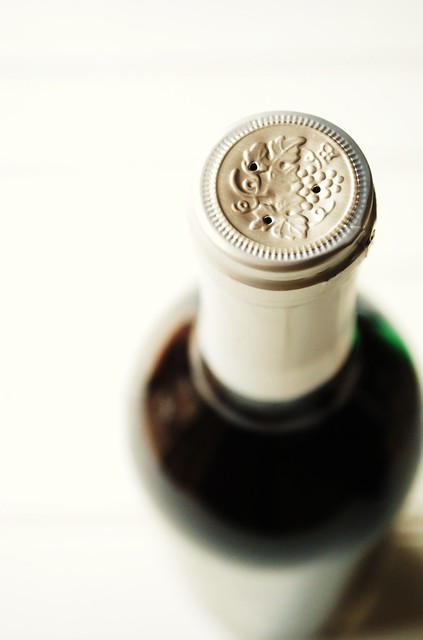
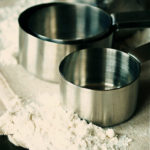


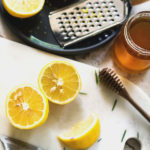
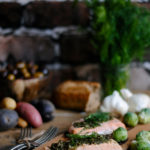
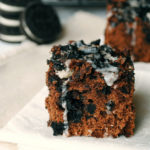
Always taste the wine before you cook with it. Nothing to do with flavour, it just numbs the fear of cooking…
Here's my trick – there are actually some good boxed wines out there these days and they keep for up to a month. If I have any left after the month, I keep it for cooking. The flavor might not be quite right for drinking, but it is just fine for cooking for a few more weeks.
Awesome awesome tips! Thanks so much for sharing.
Great post. I love cooking with wine.
I've been thinking a lot about wine recently as well, maybe it's the thought of Valentine's Day coming up! Lots of great tips on cooking with wines and which kinds go with what dishes.
"If you don't like the taste of the wine straight out of the bottle, then you will definitely not like the dish if you decide to cook with that wine."
Strongly disagree. I've used volatile wine that is undrinkable and it's been great in the food – try swilling a mouthful of balsamic vinegar, and I doubt anyone would find it 'drinkable', yet we know that it makes for great flavours in food. An extreme example but it shows my point.